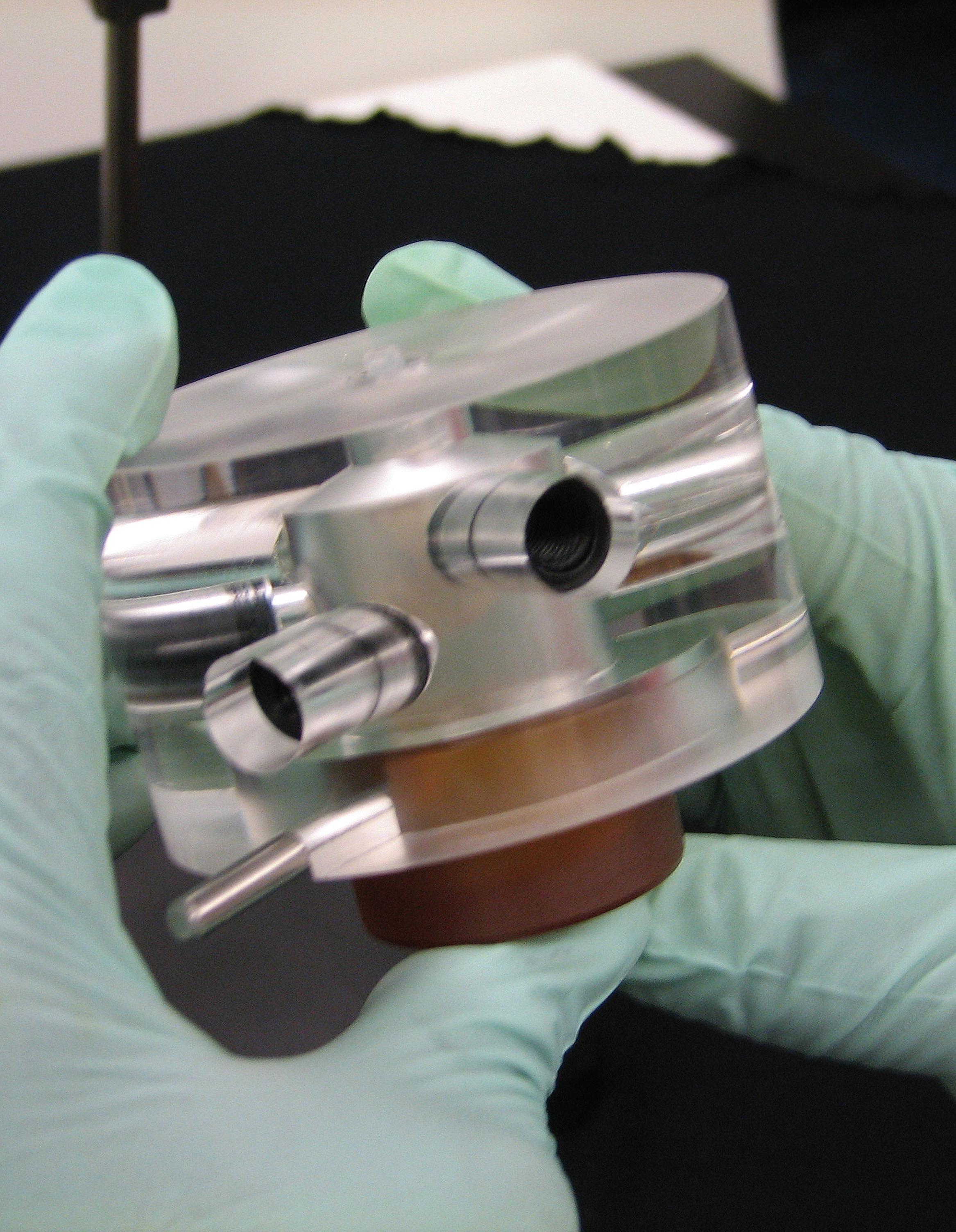
2 minute read
Engineering in Oncology Center
Physical scientists partner with physicians to tackle cancer
By Mary SpIro
Advertisement
Denis Wirtz (left) and Gregg Semenza (right) direct the new Johns Hopkins Engineering in Oncology Center. Photo: Will Kirk/JHU
Johns Hopkins new Engineering in Oncology Center (EOC) brings together physical scientists and clinicians to unravel the physical underpinnings of cancer spread—metastasis. Funded with $14.8 million from the National Cancer Institute’s (NCI) Physical Sciences-Oncology Centers (PS-OC) program, EOC researchers hope to discover never-before-considered approaches to cancer therapy and diagnostics. EOC is one of 12 NCI-funded PS-OCs across the nation designed to bring a new cadre of theoretical physicists, mathematicians, chemists and engineers to the study of cancer.
“Cancer cells break free from primary tumor, penetrate into the bloodstream, evade host defenses, become stuck to the interior walls of blood vessels and travel to other organs, where they set up new cancer cell colonies. Tumor cells push on and are pushed by mechanical forces within their microenvironment. If we can better understand this process, we may find better ways to treat cancer,” said center director Denis Wirtz, Theophilus H. Smoot professor of chemical and biomolecular engineering in the Whiting School of Engineering. Gregg L. Semenza, C. Michael Armstrong Professor in Medicine and founding director of the School of Medicine’s Institute for Cell Engineering vascular program, serves as EOC’s associate director. Semenza and Sharon Gerecht, assistant professor of chemical and biomolecular engineering, lead a research project analyzing the makeup and physical properties of extracellular matrix, the 3D scaffold in which cells live.
Wirtz and Greg D. Longmore, a cancer cell biologist at Washington University in St. Louis lead a project to study the physical basis for cancer cell adhesion and de-adhesion and how it increases the chance that cancer cells will break free, move into the bloodstream and migrate to other tissues. Konstantinos Konstantopoulos, professor and chair of the Whiting School’s Department of Chemical and Biomolecular Engineering, and Martin L. Pomper, who holds appointments in the School of Medicine’s Department of Radiology and the Kimmel Cancer Center lead the center’s third project team to investigate fluid mechanical forces at different oxygen tension microenvironments on tumor cell signaling, adhesion and migration.
EOC hosts fellowships, professorships
Johns Hopkins’ Engineering in Oncology Center is recruiting recent MDs and PhDs to its Physics of Cancer postdoctoral fellowship training program. Fellows train across disciplines including engineering, physics, and cancer biology to develop new models for cancer research and technologies to enable an inside-view of cancer cell functions.
EOC also hosts a short-term Distinguished Visiting Professorship in Physics of Cancer. Participants in this program conduct interdisciplinary and collaborative research at the interface of physics, engineering, and cancer biology. Faculty with expertise in engineering, physics, biophysics, cancer biology, and developmental biology are encouraged to apply.
Network Investigators Meeting
During NCI’s First Annual Physi-

Bryan Smith (Stanford) and Christopher Hale (JHU) shared in PSOC’s Young Investigators Trans-Network Award. Photo: Mary Spiro
cal Sciences-Oncology Centers Network Investigator’s Meeting, April 5-7, in Washington, D.C., EOC director Denis Wirtz presented a tutorial on particle tracking, presented a talk on mechanobiology, and chaired a panel discussion on cancer cell mechanics. In addition, Wirtz’s doctoral student Christopher Hale and his postdoctoral fellow Daniele Gilkes both received Young Investigators TransNetwork Project Awards for their poster presentations. More than 22 Johns Hopkins PS-OC people (faculty, postdocs, and students) attended. ®










